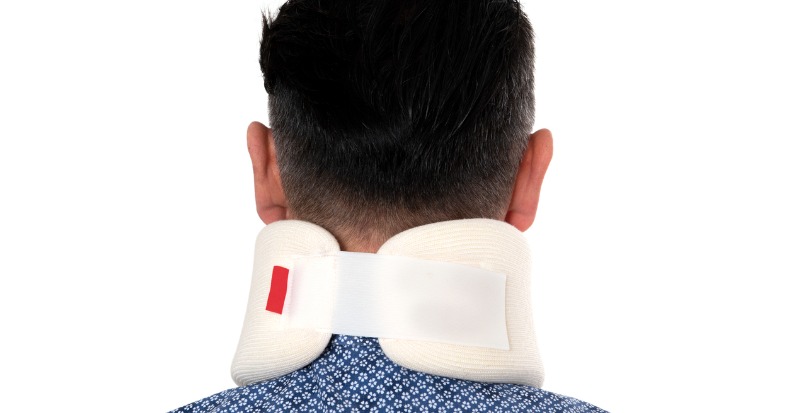Newest Articles
While nuts make for a tasty snack, they are also a great source of nutrients that are linked to better health. In January 2022, the American College of Cardiology reported that nuts contain healthy fats, protein, vitamins, and minerals, and regular nut consumption can reduce the risk of heart disease by up to 14%. Not [..]
When paramedics suspect a neck injury following a motor vehicle collision, they will utilize a cervical collar to immobilize the neck for transport to the emergency room so a more comprehensive examination can take place. While a cervical collar is essential in these situations for achieving the best possible outcome, there is another type of [..]
For the elderly adult, falls can result in severe injury and a loss of independence. One major cause for serious falls in the older population is dizziness. While there are many causes of dizziness, one that is often overlooked is dysfunction in the cervical spine that affects proprioception, or the ability to know where parts [..]
To restore function following a shoulder injury or surgery, it’s important for the patient to perform rehabilitative exercises. While there are many classic exercises that are considered “standard” in rehab post-injury/surgery shoulder conditions, new research suggests that high-intensity interval training (HIIT) may be more effective.
High-intensity interval training is an exercise concept that is characterized [..]
Carpal tunnel syndrome (CTS) is most often associated with repetitive movements and inflammation that impedes the function of the median nerve as it passes through the wrist, but recent studies have identified vitamin D deficiency as a risk factor for CTS, as well as more severe CTS-associated symptoms.
Vitamin D plays many roles in the [..]
Between 1993 and 2013, the number of lumbar fusion surgeries for low back pain and related spinal conditions increased significantly from 61,000 per year to 450,000 per year! Unfortunately, up to 61% of patients who undergo back surgery will continue to experience chronic low back pain. Many of these patients will opt for non-surgical care [..]
Six years later, in 1986, prescribing opiates for chronic pain was further enhanced when physicians Russell Portenoy, MD, and Kathleen Foley, MD, published a small case series (38 subjects) that concluded that chronic opioid analgesic use was safe in patients with no history of drug abuse (5).
By 2017, America’s opioid crisis had escalated to [..]
The anatomical and physiological differences between men and women are obvious in many ways. But one way that’s often overlooked is how these differences relate to knee-related injuries, of which women may be between two-to-eight times more at risk for than men.
When it comes to the lower extremities, an issue in the foot, ankle, [..]
Carpal tunnel syndrome (CTS) is a potentially painful and disabling condition in which the mobility or function of the median nerve is restricted as it passes through the wrist. But the median nerve is not the only nerve that extends into the hand and entrapment of these other nerves can produce symptoms that may be [..]
Whiplash associated disorders (WAD) is a term that describes the cluster of symptoms that can arise from an injury caused by the sudden acceleration and deceleration of the head and neck, most often seen in a motor vehicle collision. Whiplash injuries are classified in four levels: WAD I (no/minimal complaints/injury); WAD II (soft-tissue injury—muscle/tendon and/or [..]
Forward head posture is a common postural fault in which the head’s center of gravity rests forward of the sagittal plane, and it’s typically associated with frequent electronic device and screen use. The further the head sits in front of the shoulders, the harder the muscles in the back of the neck, shoulders, and upper [..]
For decades, the public has been told to avoid whole milk and other foods containing full-fat dairy products because such fare will clog arteries and promote cardiovascular disease. A trip around the grocery store will show many food products labeled as low-fat or fat-free. Even today, the American Heart Association warns us about this on [..]














